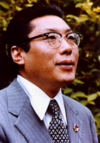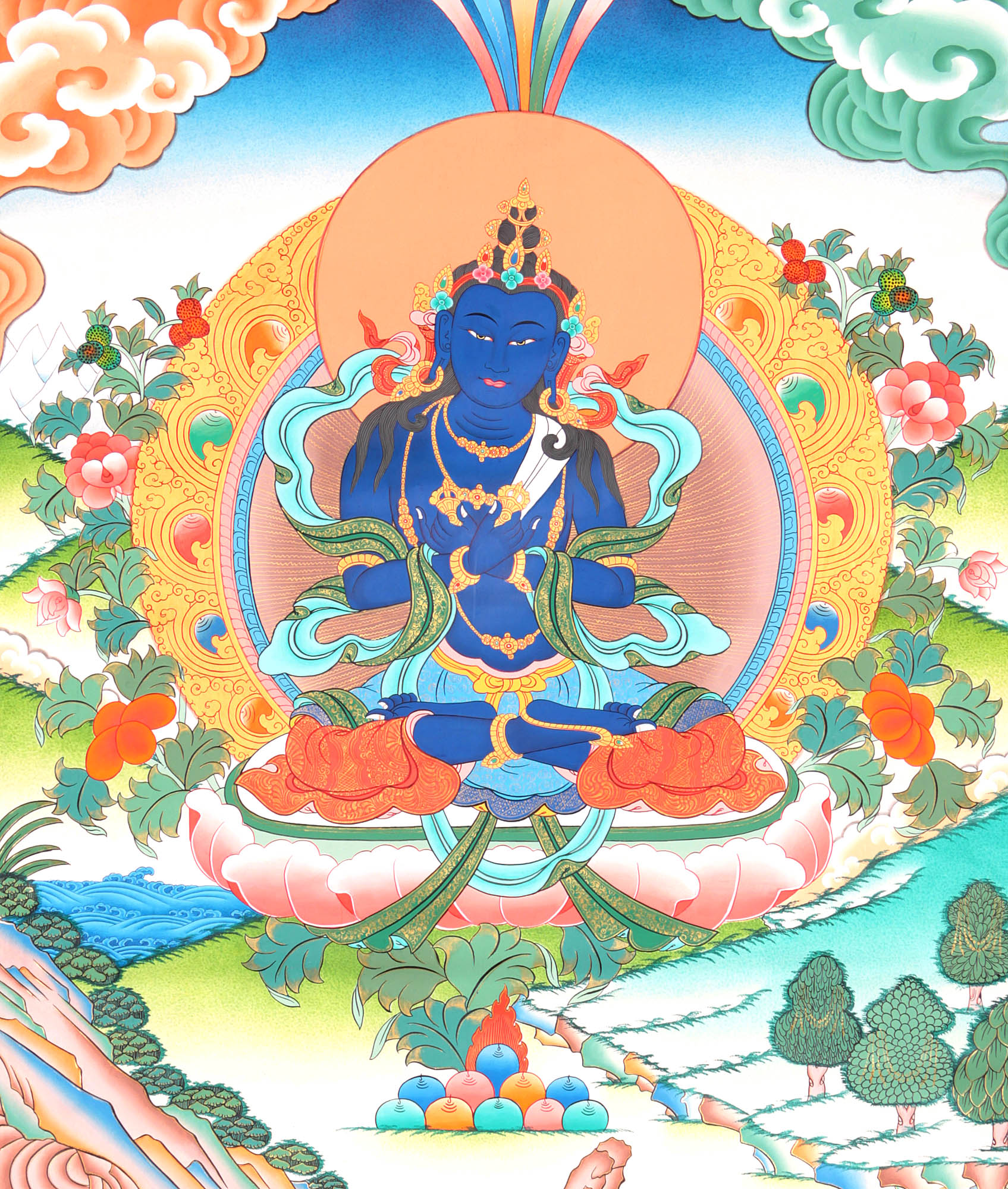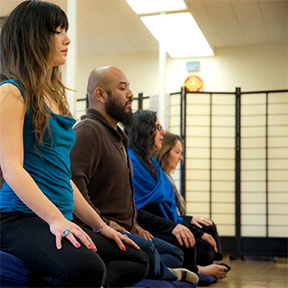What does BSC have to do with Climate Change?
By Boulder Shambhala Center’s Executive Director, Melanie Klein. From our Fall newsletter The Mirror.
—–
The Sakyong recently asked “who are we?” and “how do we help?” These are clearly important questions for us. Of course, offering Shambhala Training and other dharma programs at BSC to hundreds of students each year is, in part, an answer to this. And providing regular opportunities for our sangha to practice together, feast together, and celebrate together is another. Also, although only partly realized as yet, BSC’s charter must include caring for our community members in times of difficulty.
Beyond the scope of our membership though, what does it mean for us to help the greater world and its countless beings? How do we promote decency, sanity, and kindness to others? What does Shambhala social engagement look like?
Three years ago, a trio of members began a monthly salon called Climate Change and Society. They brought together local climate leaders and interested members and non-members to explore the compromised state of our planet’s air, water, and soil, and various approaches to mitigate continued degradation. From this decent and modest beginning, our two “Living Beyond Hope and Fear” climate change symposia emerged. And for the last two years I’ve continuously asked myself, is this a way to begin to answer the Sakyong’s questions?
I think so. At the symposium last weekend, BSC hosted upwards of 125 participants, most of whom were not members. The gathering also included many local leaders involved in climate change. Of course BSC’s role was not to instruct them in their work, but to connect them and their activity with others who can help bring their work forward. During the weekend, we also hosted a large assembly of interfaith leaders to consider opening a GreenFaith chapter in Boulder – GreenFaith being a growing national organization of interfaith communities who work in their regions to achieve carbon-based energy neutrality in their churches and promote environmentally-aware lifestyle changes in their congregations and cities.
All good, right? But what specifically does Shambhala bring to this, beyond playing host (which we do quite well – oh that reception was good!)?
This year’s symposium subtitle was “Warrior Principle, Climate Action” and it has become clear to me that Shambhala’s teachings on warriorship are absolutely invaluable to anyone involved in climate work. The scale of global warming is positively daunting! How else, if not for unconditional confidence, can anyone possibly engage in an open-minded, steady, uplifted way? How else can we refrain from demonizing miners and deniers, how else can we invite the mandala of dralas to assist us?
While the first two days of the symposium hewed rather closely to the subject of climate change, first by exploring interdependence and our inextricable relationship with each other and the phenomenal world, and then by regarding activism as a natural and ordinary response to seeing our (empty and brilliant) relationships clearly, the third day, I think, really brought out Shambhala’s role in climate work and in social engagement altogether. On this last day our theme was “healing from separateness” with the notion that separateness, the feeling of us vs them, or mine vs. yours – the feeling that promotes a mindset of resource extraction or manipulation for personal gain – is the root cause of our climate crisis.
In exploring this topic on late Sunday afternoon, Muslim peace activist Sahar Alsahlani one of our symposium co-leaders, (her co-leader being Acharya Marty Janowitz), shared what she witnessed at the white supremacy march in Charlottesville last month. Sahar described what she’d seen in heartbreaking detail, with the most surprising and powerful part of her description being the deep sadness she felt at seeing the police (after a three hour delay) step forward to beat back the white supremacists with their batons. Sahar watched these white men, who’d been so certain of the government’s support or at least of its tolerance minutes before, break down in tears of angry betrayal. Sahar at that point did not distinguish between the anguish of the counter-protestors and the anguish of the marchers. Seated at the front of the main shrine room, draped in her black silk hijab and beaded abaya, she exhibited a warrior’s dignity by her genuine expression of non-dual compassion. The room was utterly still while she spoke, and remained so long after she finished.
Offering as a foundation the non-dual bravery and unconditional confidence in basic goodness for enlightened social engagement, as presented through the power, language and practice of our Shambhala teachings (and in partnership with other traditions) surely must be part of the answer.








